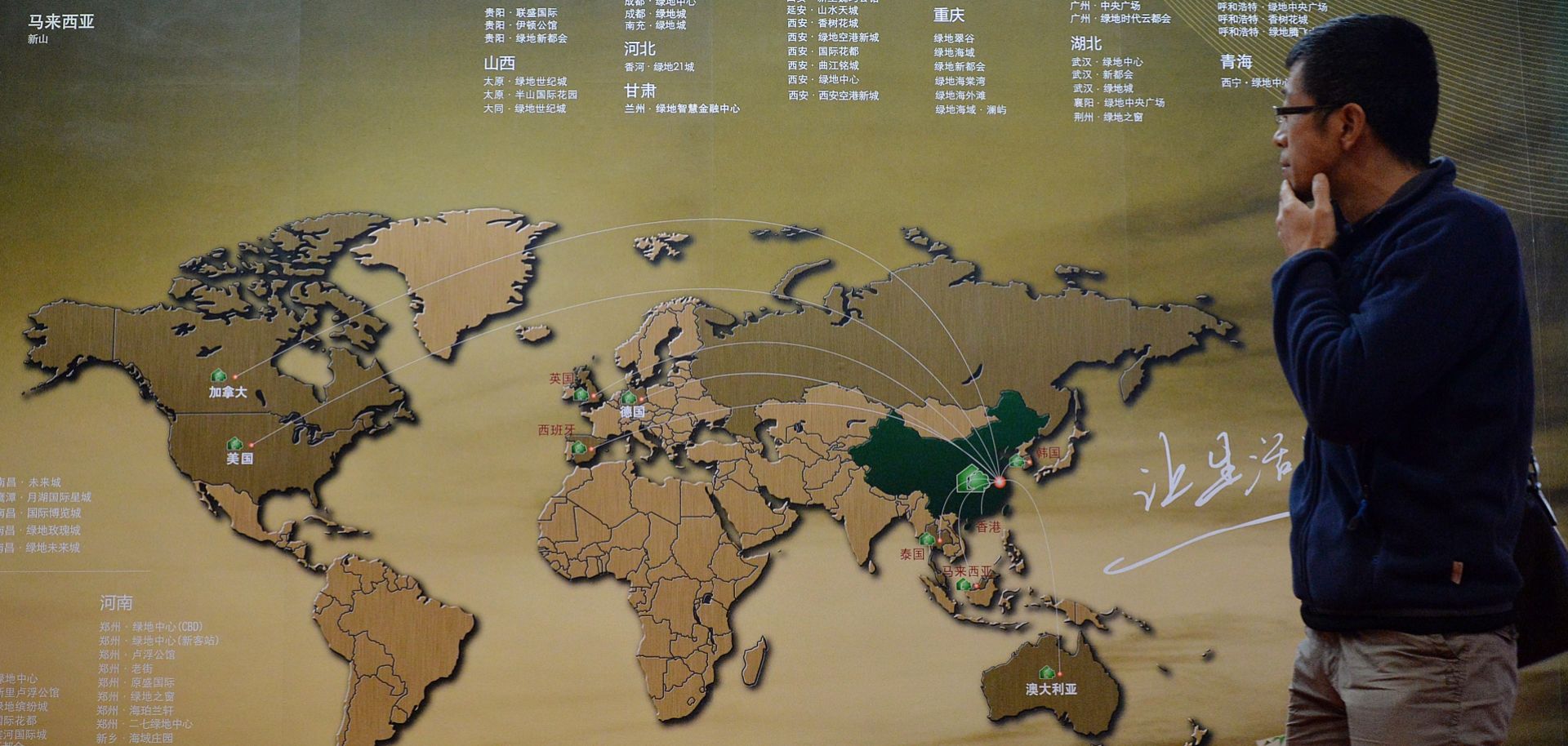ASSESSMENTS
Tit for Tat? The Shape of U.S. Restrictions on Chinese FDI
Feb 10, 2018 | 15:25 GMT

A Chinese investor walks past an investment map showing suitable property markets for wealthy Chinese to invest in at the International Property Expo in Beijing on April 11, 2014.
(MARK RALSTON/AFP/Getty Images)
Highlights
- In hopes of forcing China to open further, the United States is considering investment restrictions that would mirror those imposed by China.
- China’s investment goals are to cement its position in the stable, developed U.S. economy and fuel growth in sectors key to its economic transition.
- As such, China has two concerns: Sectors where its own restrictions will mean harsh U.S. measures and those sectors of high priority to Beijing.
Subscribe Now
SubscribeAlready have an account?
